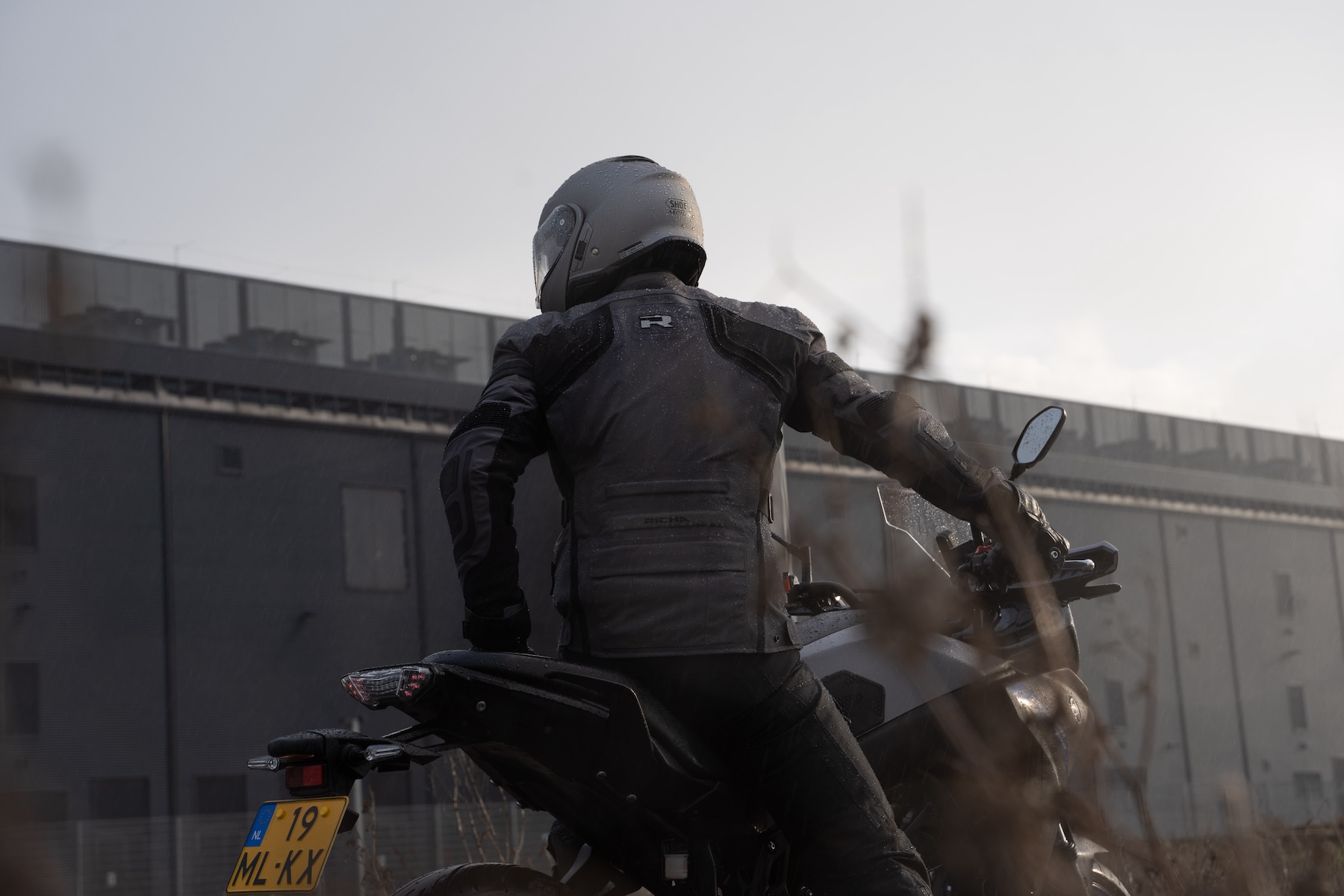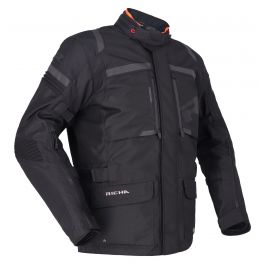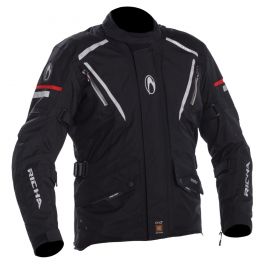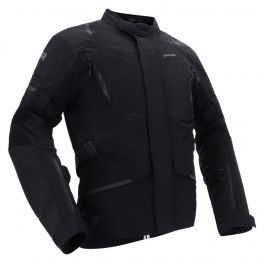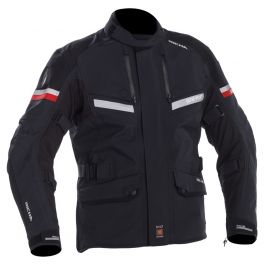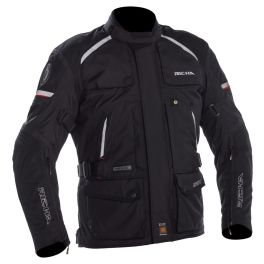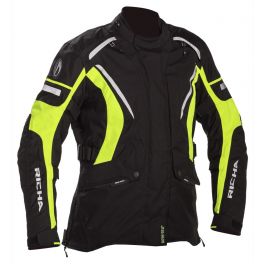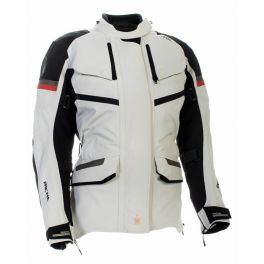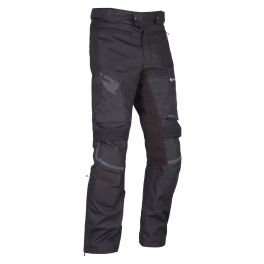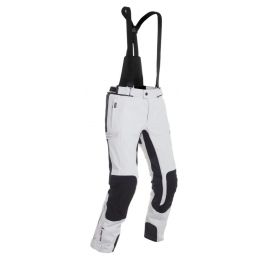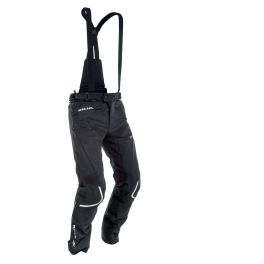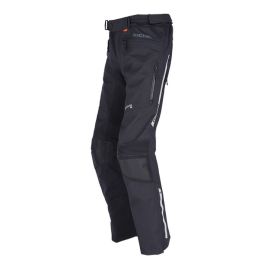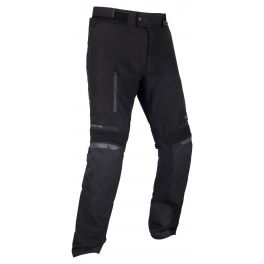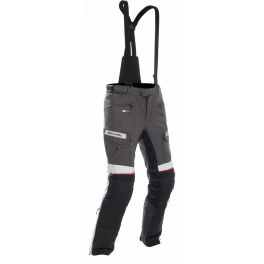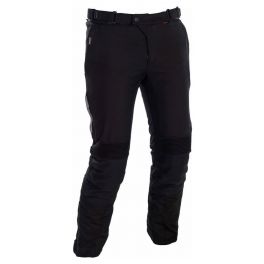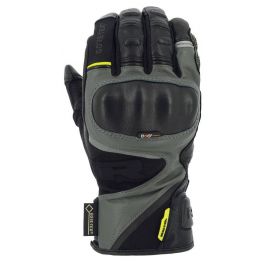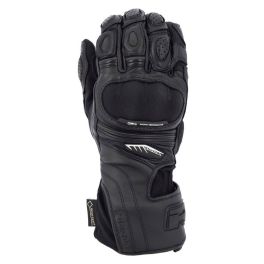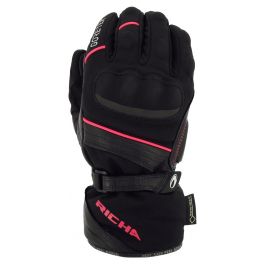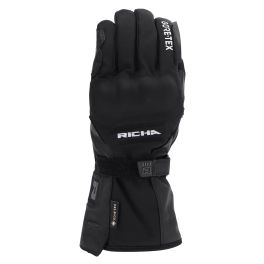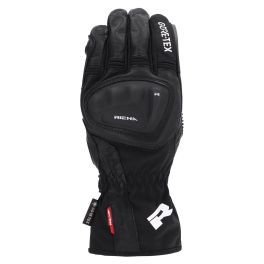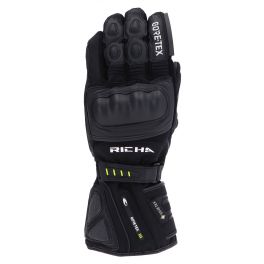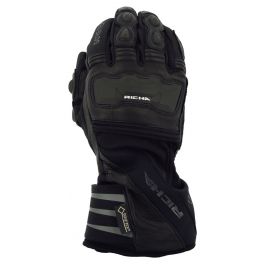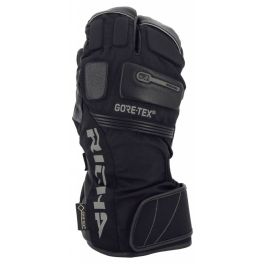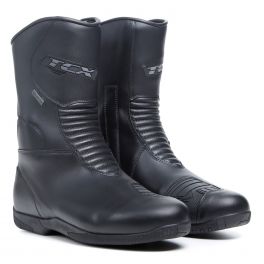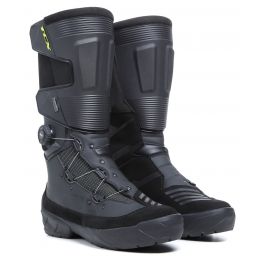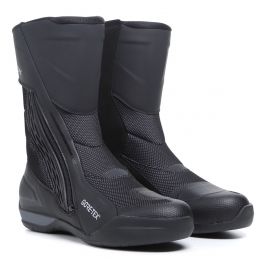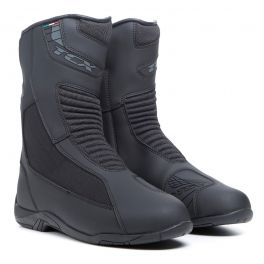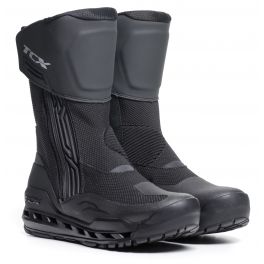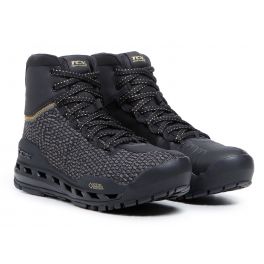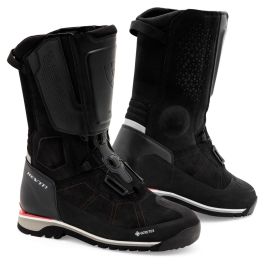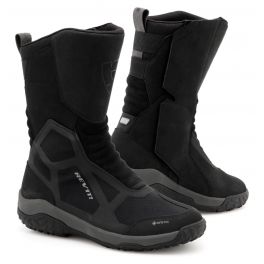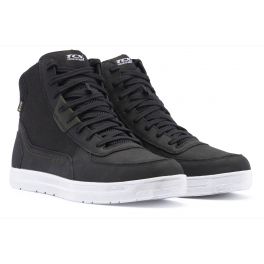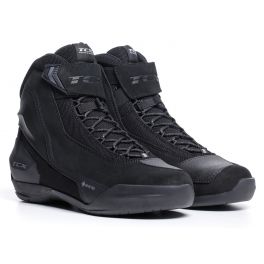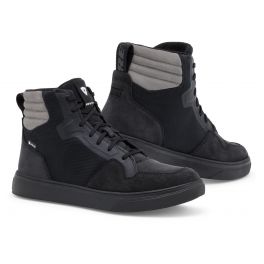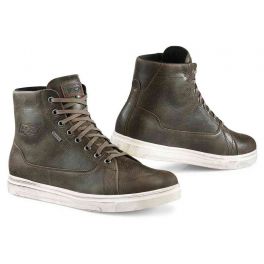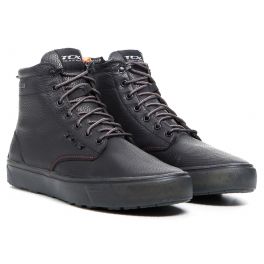It often sounds promising and unambiguous; moreover, brands are all too happy to use it: the term ‘waterproof’ in motorbike clothing. Yet it is less telling than you might think. Why I say it is and what the gradations are in it, you will find out after reading this blog.
Now, I'm not necessarily into grades myself, but this is the best way to bring it up. Because waterproofing is best demonstrated in the water column. This is the unit of measurement in which the degree of waterproofing is demonstrated. So we come to the essence of this article and you will know better as soon as you are slapped around with ‘waterproof’ labels. That way, you won't go from the rain into the drizzle.
What is waterproofing in motorbike clothing based on?
As mentioned, waterproofness is expressed in terms of water column. Without getting too deep into it, this is literally the amount of water that can stand on the material without leaking through. Now, a water column of 1,000 millimetres may already be referred to as ‘waterproof’. You can imagine that this means that one term ‘waterproof’ is not the other.
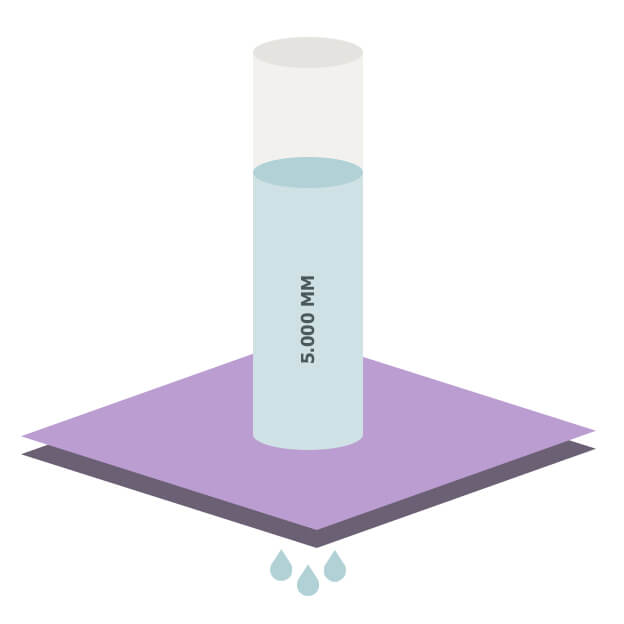

Differences in waterproofness for motorbike clothing
Protection against wetness is usually provided either by a coating or by a waterproof membrane. That membrane is something magical, as it can keep rain (water) out while repelling perspiration and heat to the outside. This is achieved because the pores are smaller than a raindrop, but larger than water vapour. To guide you through the different waterproof membranes from the major manufacturers, we have compiled the following table for you. There are big differences between them. For example, you can see that Drystar can handle around 5,000 mm of water column, and GORE-TEX jumps out to 28,000 mm. You can therefore imagine that one waterproof motorbike clothing is not the other.
Brand / Water column
Alpinestars Drystar: 5.000 mm
Dainese D-Dry: 20.000 mm
GORE-TEX: 28.000 mm
OutDry: 20.000 mm
REV'IT! Hydratex: 5.000 - 7.000 mm
Richa: 8.000 - 10.000 mm
Now the water column is not something to be completely blinded by. The way the clothing is finished also plays a big role. The taping of stitching seams or the sealing of ventilation zips contribute greatly to the waterproofness of motorbike clothing.
